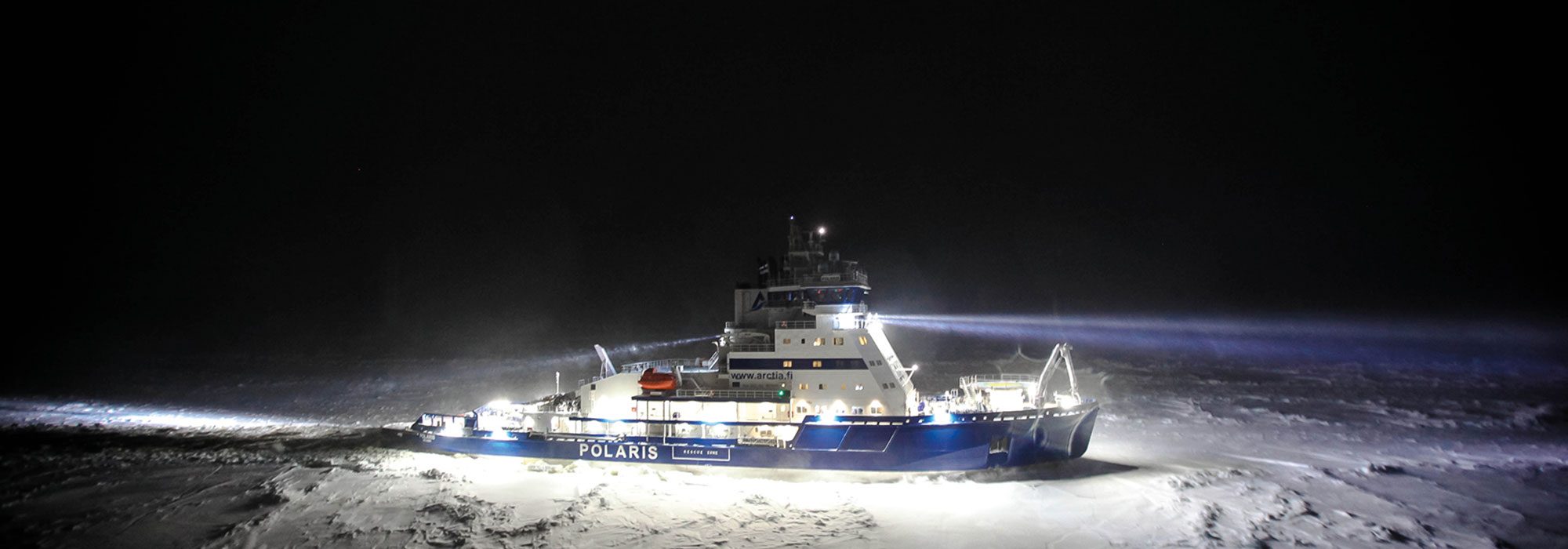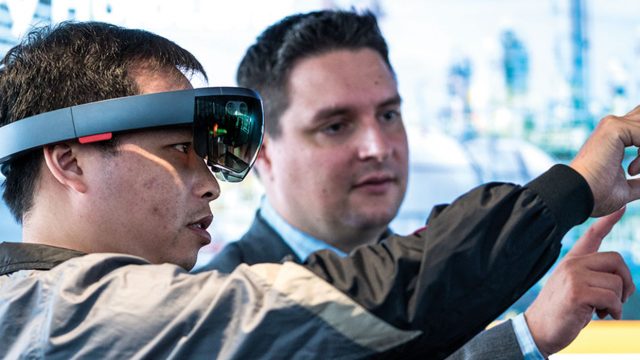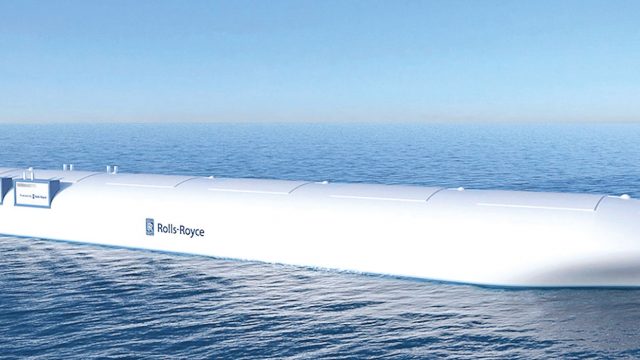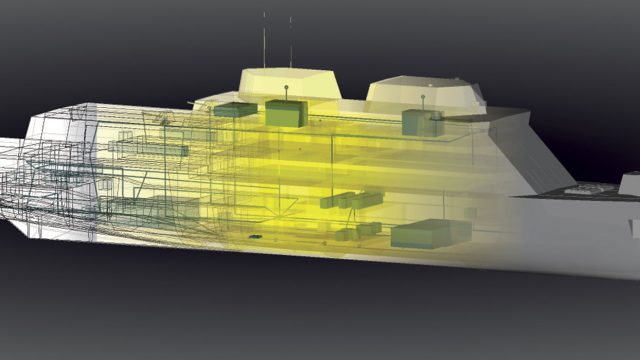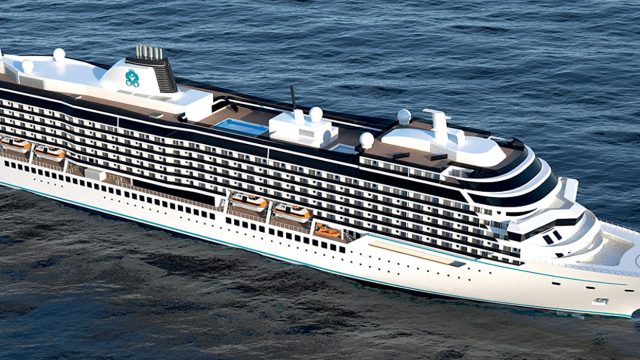Arctia is a specialized ship owner offering icebreaking and oil-spill prevention and response services, as well as assistance services in harbors. The main task for the fleet of icebreakers is to keep Finnish waters open throughout the winter.
Climate change is not about to make icebreakers redundant – in fact, it may even increase the challenges faced during the winter.
Talking about icebreakers may seem a little passé in the current climate of global warming. However, Kim Höijer, Arctia’s Acting CEO, says that this is far from the truth.
“All of our forecasts indicate that icebreakers will be needed in Finnish waters for a long time to come. No two years are exactly alike, which is why the challenges faced during the winter may vary quite dramatically. Even in milder winters, winds can compact ice into ridges, which make for difficult conditions,” Höijer says.
By way of example, he points to the winter of 2017–2018, when Finland’s entire fleet of icebreakers was working to remove the slushy snow accumulating in shipping fairways. This year, it seemed for a long time that winter would never arrive. However, the situation suddenly deteriorated in January 2019 and the icebreakers were called back into action. As the old saying goes, the bite of the winter can only be judged in the spring.
The harsh winter of 2017–2018 is also reflected in Arctia’s net sales, which jumped ten million euros above the regular level of EUR 40 million.
Foreign trade is dependent on open seas
Finland’s icebreaker fleet includes eight heavy icebreakers and one harbor icebreaker. In March 2019, five of the heavy icebreakers were in use and three were waiting in reserve.
“The need for icebreakers also depends on foreign trade cycles. In the last couple of years, import and export activity has been good, and this has brought extra tonnage into Finland’s territorial waters on ever-lighter vessels. And these new customers need the help of icebreakers,” Höijer explains. He adds that the engine power of vessels has a major impact on their ability to get through ice.
Icebreakers age in the same way as other vessels. The average age of the icebreaker fleet is fairly high and the owner – the Finnish State – has set the goal of updating the entire fleet by 2030. However, Kim Höijer warns against taking this statement too literally.
“Updating does not mean replacing old vessels with new ones. Instead, it refers to extending the life cycle of the fleet,” he explains.
LNG suits well for icebreakers, too
Two of Arctia’s vessels – Fennica and Nordica – are multipurpose icebreakers built in the 1990s, and they have been chartered in summer times for offshore work. Due to the disappointments over the last few years, Arctia has decided to renew the operating model and refocus the sales activities of the offshore business to adapt to the difficult market conditions.
According to Kim Höijer, freight levels in the offshore industry are low and there is plenty of tonnage around the world to compete with Arctia.
Arctia’s newest multipurpose icebreaker is Polaris. Built in 2016, Polaris is the world’s first icebreaker running on LNG. In winter 2019, Polaris began bunkering liquefied natural gas at the new LNG terminal in Tornio on the coast of the Bay of Bothnia.
“It is too early to say that LNG is the icebreaker fuel of the future but, so far, our experiences with gas as a marine fuel have been entirely positive. We are closely monitoring the development of LNG distribution chains on the Baltic Sea,” Höijer says.
Meritaito – specialist in its own field
At the turn of 2019, the Finnish State merged Arctia with Meritaito Ltd, another of the specialist shipping companies in its ownership. Meritaito specialises in marine surveys, fairway maintenance and oil spill recovery. The merger made Meritaito a wholly owned subsidiary of Arctia.
According to Meritaito’s CEO, Hannu Ylärinne, the company has extensive experience in recovering oil in icy conditions. Oil spill recovery is difficult in open waters, but it is even more challenging in icy waters.
“Polaris is equipped with a built-in oil spill recovery system. The vessel sails through the ice side-on and collects floating ice into an opening in the hull via brushes, which take the oil into tanks. The rate of oil collection is highly dependent on the type of oil. Crude oil, diesel oil and other oil products behave very differently in icy waters,” Ylärinne says.
Finland is well equipped for environmental protection and oil spill recovery. Both Höijer and Ylärinne most agree on the need for the service, there are too few parties willing or capable of paying for the preparedness. Arctia and Meritaito do have some contracts for taking care of these duties, but there is room for more – perhaps through insurance companies.
Meritaito’s fleet consists of 150–200 vessels of different sizes and types, and the company recorded net sales of EUR 33 million in 2018.

